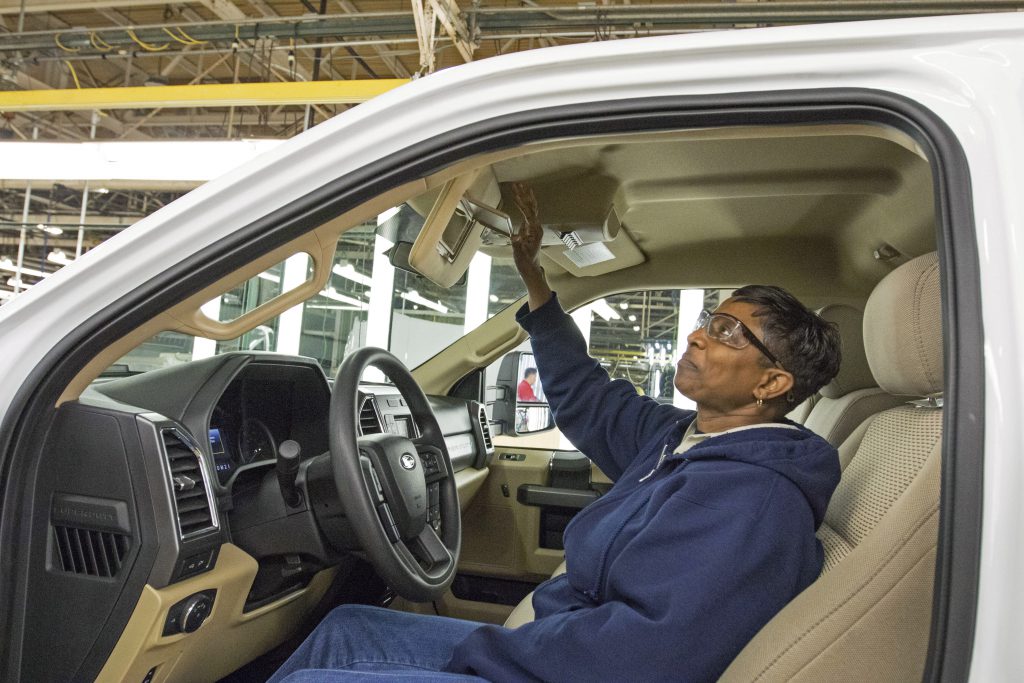
Factory job growth has been solid since Trump took office. But there could be trouble ahead.
President Trump rode into office promising to bring back manufacturing jobs. And as far as the raw data is concerned — well so far, so good.
Manufacturing has added 67,000 jobs over the past four months, including 28,000 in February and another 11,000 in March, one of the highlights in an otherwise sluggish month for job growth. Trump, never one to shy away from an opportunity to promote himself, has used this as evidence that he's making good on his campaign promises to create jobs.
But there are a couple of indicators out there that suggest the factory job growth trend might not continue, at least as strongly.
The Institute for Supply Management (ISM) reported Monday that while U.S. factory activity expanded for the eighth straight month in April, it did so at a slower pace. U.S. manufacturing activity fell to 54.8 in April from 57.2 in March. There's probably no need to panic, at least not yet — a number above 50 indicates expansion.
What is more concerning is what is happening with the auto industry. Soaring auto sales over the past seven years helped fuel tremendous job growth and drive the entire economy forward. A big chunk of the 315,000 new manufacturing jobs created during former President Barack Obama's second term were tied to the auto industry, either directly or via the larger auto supply chain. And there's no doubt that Trump is now counting on the auto industry to help add even more jobs; it's one of the reasons he mentions companies like General Motors and Ford so often when talking about this stuff.
But as The New York Times reported on Wednesday, auto sales declined for the fourth straight month in April. Automakers are also cutting back on production, which is expected to lead to some layoffs. Further production cuts may be coming, too:
"Many analysts have forecast that auto sales will suffer a small decline this year — to about 17.2 million vehicles from the record of 17.5 million sold in 2016. But some expect the industry to see larger declines after that. AlixPartners, a consulting firm with a large automotive practice, is predicting that auto sales will decline to 16.6 million vehicles in 2018, and 15.2 million in 2019."
It's important to keep in mind that the auto industry overall remains strong. This isn't the crisis it faced back in 2008, and the auto rescue remains one of former President Obama's most important economic legacies. This sort of dip in sales is probably to be expected after seven straight years of strong, steady growth.
What it does show is that if President Trump wants to see manufacturing job growth continue, he has to get serious about implementing policies that support job creation on all fronts, from helping automakers to tackling China's industrial overcapacity to supporting the local maker movement.
As Alliance for American Manufacturing President Scott Paul noted last week, Trump's work on the trade front could lead to some success, but since most of this work is still in the planning stages, it is tough to predict what's actually going to happen. There are other things that the president can do, including working with Congress to significantly invest in our infrastructure and pass a comprehensive tax reform package that serves to strengthen our manufacturing sector.
We'll see whether the current streak of job growth will continue on Friday, when the Labor Department releases the latest jobs numbers. We'll likely get a hint of what's to come on Thursday, when the Commerce Department releases new trade figures. Stay tuned.
